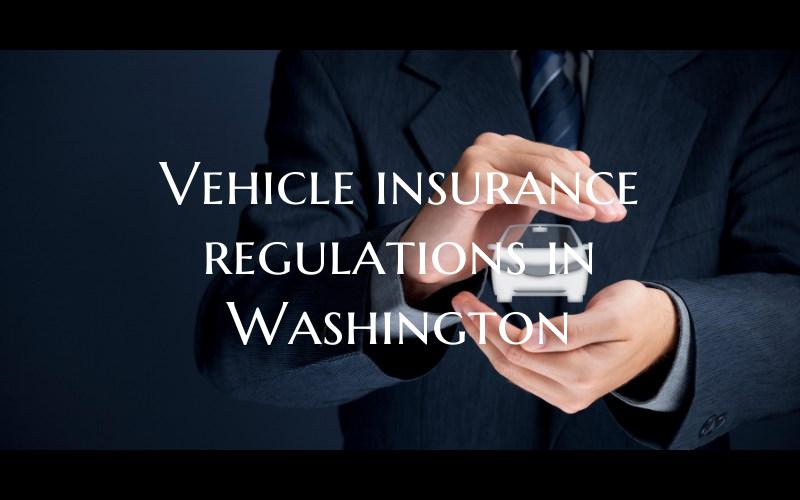Vehicle Insurance Regulations in Washington: A Comprehensive Guide
Introduction Vehicle insurance regulations in Washington state are designed to protect both drivers and passengers on the roads. Understanding these regulations is crucial for every vehicle owner in the state. This guide provides an overview of the key aspects of vehicle insurance regulations in Washington, including mandatory coverage requirements, penalties for non-compliance, and important considerations for drivers.
Mandatory Coverage Requirements In Washington, all drivers are required to have a minimum level of liability insurance coverage. The state mandates the following minimum coverage limits:
- $25,000 for bodily injury or death of one person in an accident - $50,000 for bodily injury or death of two or more people in an accident - $10,000 for property damage in an accident
It is important to note that these are just the minimum required coverages, and drivers may opt for higher coverage limits for better protection.
Penalties for Non-Compliance Driving without insurance in Washington can have serious consequences. Penalties for non-compliance with vehicle insurance regulations may include fines, license suspension, and vehicle impoundment. Additionally, drivers caught without insurance may be required to file an SR-22 form, which is a proof of financial responsibility that must be submitted to the Department of Licensing.
Important Considerations for Drivers When purchasing vehicle insurance in Washington, drivers should carefully review their policies to ensure they have adequate coverage. It is recommended to consider additional types of coverage, such as uninsured/underinsured motorist coverage and personal injury protection, to protect against unforeseen circumstances.
Drivers should also be aware of the importance of maintaining continuous insurance coverage. A lapse in coverage can result in higher insurance premiums and potential legal consequences.
Conclusion Navigating vehicle insurance regulations in Washington is essential for all drivers in the state. By understanding the mandatory coverage requirements, potential penalties for non-compliance, and important considerations when purchasing insurance, drivers can ensure they are adequately protected on the roads. Staying informed and compliant with the regulations will not only keep drivers safe but also help them avoid unnecessary financial and legal troubles.

